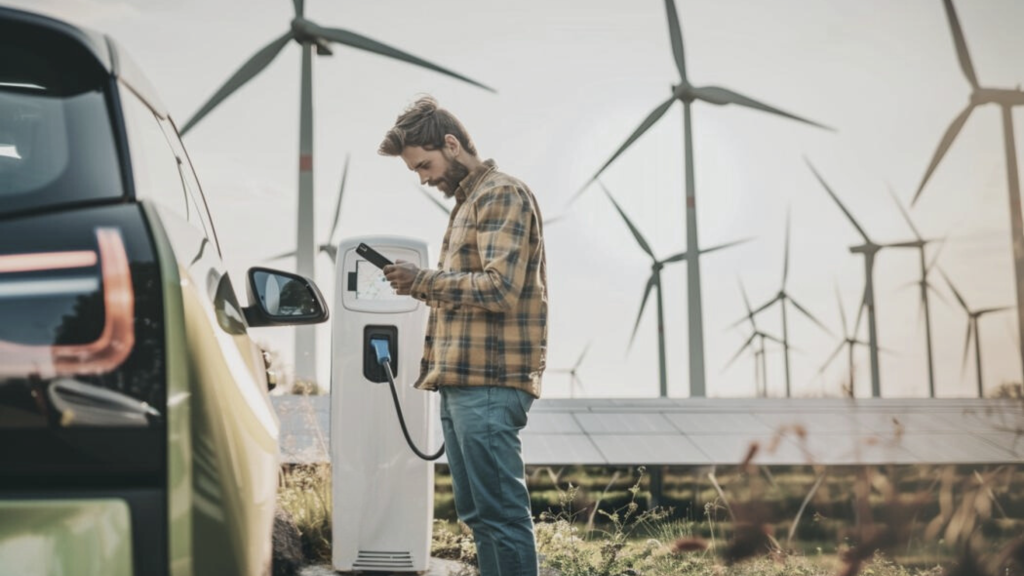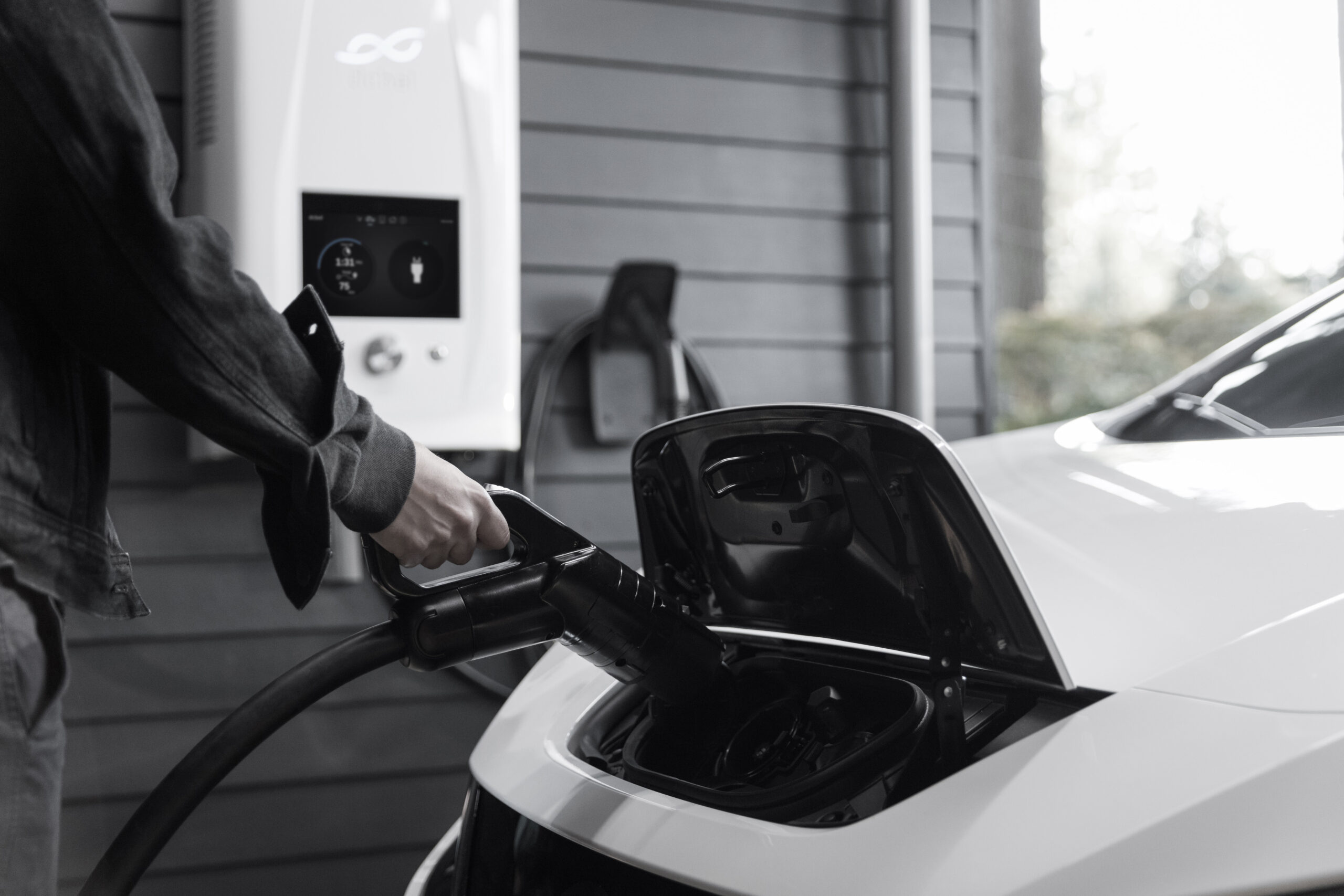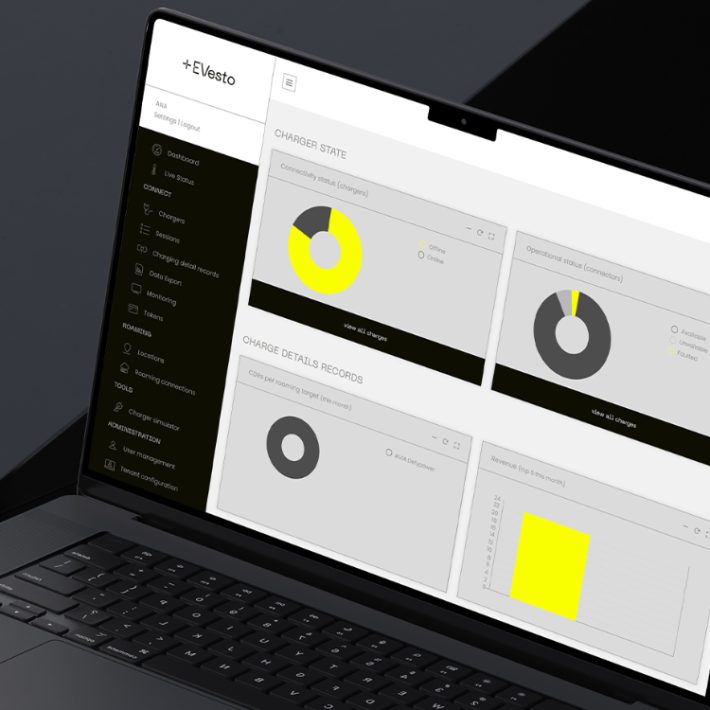Optimizing EV Charging Costs with Dynamic Pricing
28 May 2024
The introduction of dynamic pricing is set to transform the electric vehicle charging landscape. EVesto is at the forefront of this innovation, leveraging strategic tools to sync charging activities with real-time energy rates. This blog delves into how dynamic pricing can dramatically transform the EV charging landscape, offering significant advantages to Charge Point Operators (CPOs) and EV drivers.

Understanding Dynamic Pricing for EVs
Dynamic pricing for EVs enables users to adjust charging costs based on the hourly fluctuations in energy prices. Using predictive data that forecasts energy costs 24 hours in advance, EVesto empowers smart charging strategies that optimize cost and energy usage during the cheapest and least congested times.
The Technical Backbone of Dynamic Pricing
Dynamic pricing for EV charging might sound complex. Still, it essentially boils down to a smart system that adjusts the price of EV charging based on when electricity is cheapest and most plentiful. Here’s how it works, step by step:
1. Real-Time Energy Rates:
In dynamic pricing for EV charging, we utilize a “day-ahead” pricing model, where electricity costs for each hour of the next day are known in advance, sourced from the ENTSO-E Transparency Platform. This system enables EV charging to be planned during cheaper times, typically at night or when renewable energy production is high. By automatically adjusting charging rates based on these forecasts, dynamic pricing ensures users benefit from lower costs and supports increased use of renewable energy, all without requiring manual monitoring.
2. Predictive Algorithms:
- These are like weather forecasts but for electricity prices. They use past data to predict when electricity will be cheap or expensive in the next 24 hours.
- For example, you might decide to picnic when it’s sunny, but this system determines the best time to charge EVs when electricity prices are low.
3. Integration with EV Chargers:
Dynamic pricing is communicated to EV charging stations through an automated system. Here’s a streamlined overview:
- Dynamic Tariff Notification: We inform all Mobility Service Providers (MSPs) via the Open Charge Point Interface (OCPI) daily about the next day’s hourly tariffs. This ensures everyone is prepared for the changes in charging costs.
- Charging Session Calculation: Our system calculates the cost of each charging session using the provided tariff data. Charge Point Operators (CPOs) can adjust prices by adding a markup or setting a minimum price to ensure profitability.
- Automated Scheduling: While we don’t currently offer scheduling capabilities, the system to do this must be an EMS or some other intelligent system or MSP solution like Deftpower. Nevertheless, our system optimizes EV charging for the lowest electricity prices. This process is fully automated, requiring no EV driver intervention.
4. Smart Charging:
Automated Charging Control: We ensure that tariffs are effectively communicated to MSPs or other relevant parties via the OCPI. This empowers MSPs to remotely initiate or terminate charging sessions based on the tariff data received. While OCPI facilitates such control actions irrespective of the tariff type, MSPs can utilize the tariff information to make informed decisions on when to commence or cease charging sessions, a functionality that aligns with the principles of smart charging. Energy Management Systems (EMS) may also leverage this tariff data for similar purposes.
- Optimized Charging: Our system ensures that your car charges when electricity is cleanest and cheapest, aligning with the principles of smart charging. This automated process not only saves you money but also contributes to a greener planet by minimizing the carbon footprint associated with charging.
- User Interface: CPOs can configure dynamic tariffs, set them on chargers or groups of chargers using batch operations, and review the type of tariff applicable during each session or Charge Detail Record (CDR). While managing the charging schedule is typically the task of MSPs, every CPO can access their own data. Thus, in the future, CPOs may be able to examine how a session looks and how pricing is compiled based on dynamic prices. The dashboard empowers CPOs with valuable information while leaving the control of scheduling and session management to the relevant parties.
Economic Benefits of Dynamic Pricing
Dynamic pricing provides more than just reduced electricity costs. For CPOs utilizing EVesto’s platform, it optimizes infrastructure utilization by incentivizing charging during off-peak periods, thereby balancing the load on the grid. It translates into direct savings for EV drivers, making EV ownership more economically attractive.
Dynamic Pricing Implementation at EVesto
EVesto is actively developing dynamic pricing capabilities through its advanced API technology. Ongoing development of OCPI code aims to broaden the accessibility and functionality of this feature.
The Shift Towards Flexible Charging: Dynamic vs. Static
Unlike static charging, where fees are fixed regardless of the time or energy demand, dynamic charging adjusts fees based on actual usage and grid conditions. This flexibility is key to managing energy flows more effectively, especially as the number of EVs on the road grows.
With its pioneering approach to dynamic pricing, EVesto is charting a path toward a future where electric mobility thrives economically and environmentally. This innovative strategy boosts cost efficiencies and enhances grid harmony by incentivizing charging during off-peak hours. As the electric vehicle industry evolves, adopting technologies like dynamic pricing is becoming essential. These advancements are pivotal in reaching broader energy management goals and ensuring the economic sustainability of EV charging infrastructures.

